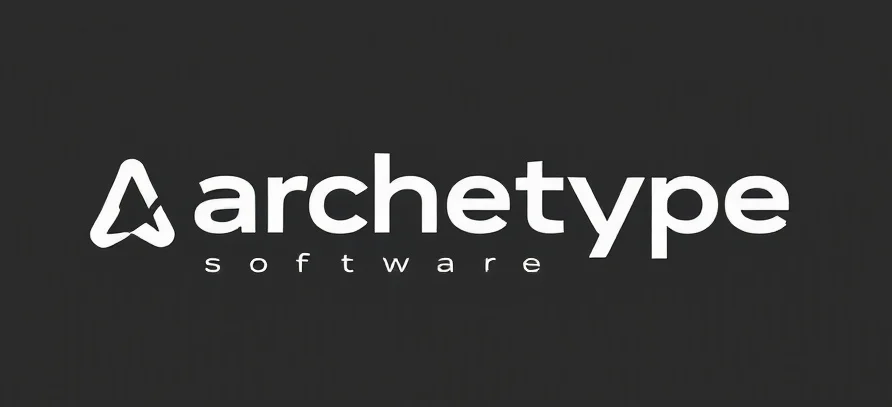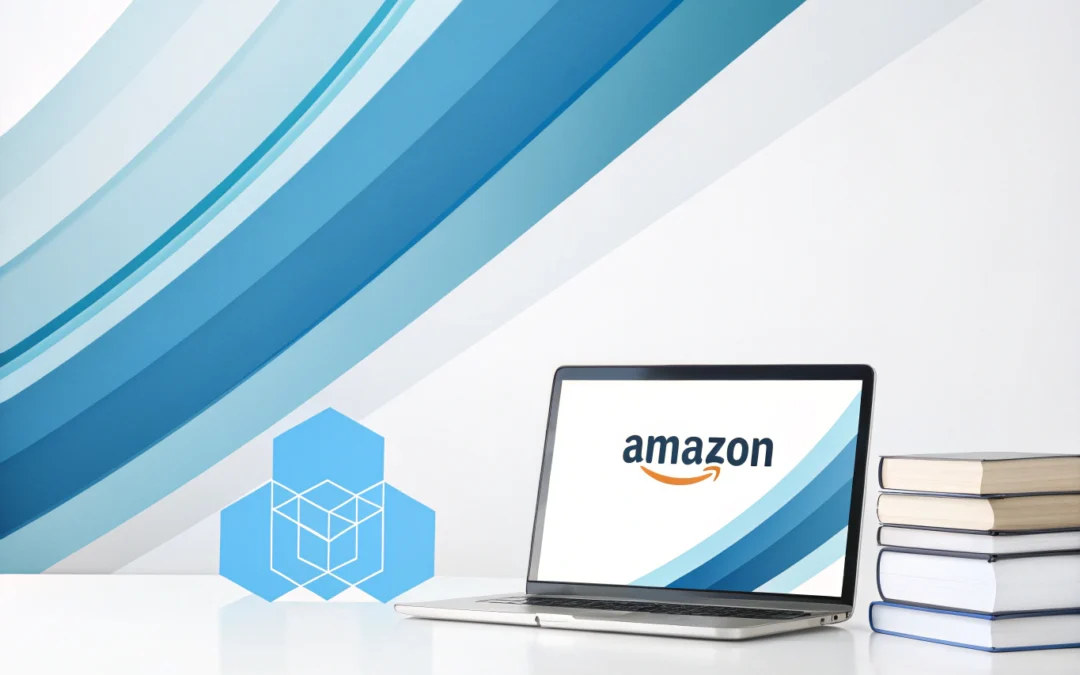The Secret Life of Books: Selling Your Used Books on Amazon
Ever wondered if your bookshelf is hiding a treasure trove? While the answer isn’t a simple yes or no, you may find yourself wondering: is selling on Amazon worth it? For many, it can be a golden ticket to decluttering and earning some extra cash. If you’re curious about how to sell used books on Amazon, you’re in the right place. Let’s dive into the digital bazaar where dusty tomes find new homes.
The Digital Marketplace for Analog Treasures
We live in an age where pixels often replace paper, yet paradoxically, the demand for physical books persists. The allure of turning pages, the smell of ink, the tactile satisfaction—these are irreplaceable experiences. Enter Amazon, a platform that has transformed the way we buy, sell, and experience books. It’s not just a marketplace; it’s a thriving ecosystem where your forgotten paperbacks can gain new life.
Navigating the Amazon Maze
Now, before you start imagining Amazon as some sort of high-tech yard sale, let’s get one thing clear: it’s more akin to a bustling city. You’ll need to set up shop and stand out among a sea of similar offerings. Here’s a breakdown of the journey.
Step 1: Setting Up Your Seller Account
Think of setting up an Amazon seller account as the first step in turning your bookshelf into a business. It’s a straightforward process, akin to opening a digital storefront. You’ll need to input some basic information, verify your identity, and voilà—you’re ready to list your books. Consider this your business card in the Amazon ecosystem.
Step 2: Listing Your Books
Here’s where the art meets the algorithm. Listing your books is more about strategy than you might think. Each book is a unique product with its own market value, condition, and appeal. You’ll need to provide accurate descriptions, competitive pricing, and quality images. It’s like crafting an online portfolio for each book, ensuring it catches the eye of the right buyer.
Step 3: Understanding Fulfillment Options
When it comes to fulfillment, Amazon provides options: Fulfilled by Merchant (FBM) or Fulfilled by Amazon (FBA). FBM is DIY shipping, where you pack and ship books yourself. FBA, on the other hand, is where Amazon handles logistics. Choose wisely; each path has its own implications for cost, time, and control.
Step 4: Mastering the Art of Pricing
Pricing a book isn’t just about covering costs; it’s a dance of supply and demand. Utilize Amazon’s pricing tools to stay competitive and explore strategies for how to win buy box on Amazon. Consider the book’s rarity, condition, and current market trends. Remember, the right price can transform a static listing into a dynamic sale.
Transforming the Book Selling Experience
At the heart of selling used books on Amazon lies a transformative potential. You’re not just making money; you’re participating in a circular economy. You’re giving books a second life, connecting stories with new readers, and contributing to a more sustainable world.
Actionable Recommendations
Ready to transform your book collection into a business? Here’s your action plan:
- Start small. List a few books and learn the ropes before scaling up.
- Keep an eye on market trends. What’s hot today might be old news tomorrow.
- Optimize your listings. Use keywords and high-quality images to attract buyers.
- Experiment with pricing. Find the sweet spot where supply meets demand.
Selling used books on Amazon isn’t just about transactions; it’s about transformations. Whether you’re clearing space or exploring entrepreneurship, remember that each book sold is a story shared, a connection made, and a step towards a sustainable future.
Checkout ProductScope AI’s Studio (and get 200 free studio credits)

